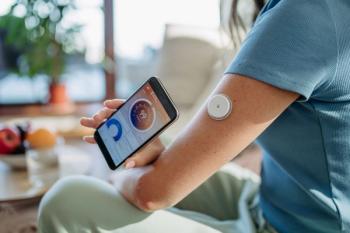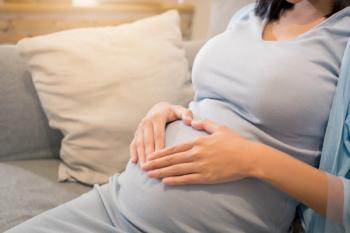
PROLONG study contradicts earlier findings on 17-OHPC
Although a 2003 clinical trial overwhelmingly found that 17-α-hydroxyprogesterone caproate (17-OHPC) significantly decreases recurrent preterm birth (PTB) and neonatal morbidity, a recently published study in the American Journal of Perinatology found drastically different results.
Although a 2003 clinical trial overwhelmingly found that 17-α-hydroxyprogesterone caproate (17-OHPC) significantly decreases recurrent preterm birth (PTB) and neonatal morbidity, a recently published
Methods
The 17-OHCP to
The co-primary outcomes were PTB at < 35 weeks and a neonatal morbidity composite index. The composite included: neonatal death, grade 3 or 4 intraventricular hemorrhage, proven sepsis, necrotizing enterocolitis, respiratory distress syndrome, or bronchopulmonary dysplasia.
The first patient enrolled in the study was randomized on November 12, 2009 and the last study visit was October 8, 2018. A total of 1,708 women were eligible for the study and returned for the randomization visit. Of them, 1,130 were allocated to 17-OHPC and 578 were given placebo. Geographically, 391 women were randomized in the United States and 1,317 women were randomized outside of the country. There were no differences in demographic or clinical characteristics between the study groups. A large majority (87%) of the participants were white, few had > 1 prior SPTB, 89% were married, and 8% smoked. Results
The authors found no difference between treatment groups for either coprimary efficacy outcome; PTB < 350/7weeks (17-OHPC 11.0% vs placebo 11.5%; RR = 0.95 [95% CI: 0.71 – 1.26]; P = 0.72) and neonatal composite index (17-OHPC 5.6% vs placebo 5.0%; RR 1.12 [95% CI 0.70 – 1.66]; P = 0.73). After reviewing the individual components of the neonatal composite index, the authors found no differences between the treatment groups for any of the components assessed. Rates of PTB at < 37 and < 32 weeks were not different either.
The fetal/early infant death rates were lower than expected and no different between treatment groups (17-OHPC 1.7 vs placebo 1.9%; RR = 0.87 [95% CI: 0.4-1.81]). Patients receiving 17-OHPC had a lower risk of miscarriage (17 OHPC 0.5% vs 1.6%; RR = 0.28 [95% CI: 0.08 – 0.94]) and there was no statistically significant difference in frequency of stillbirth (17-OHPC 1.1% vs placebo 0.5%; RR 2.07 [95% CI 0.59-7.29]).
Conclusions
Following the results from this study, the
SMFM released a
The authors believe their findings contradict earlier indications that 17-OHPC could decrease recurrent PTB and it was not associated with increased fetal/early infant death. However, they recognize that the PROLONG trial was underpowered and inconclusive regarding assessment of treatment efficacy. Going forward, systematic reviews and/or meta-analyses to differentiate a population with the most optimal benefit/risk ratio could be beneficial.
Newsletter
Get the latest clinical updates, case studies, and expert commentary in obstetric and gynecologic care. Sign up now to stay informed.











